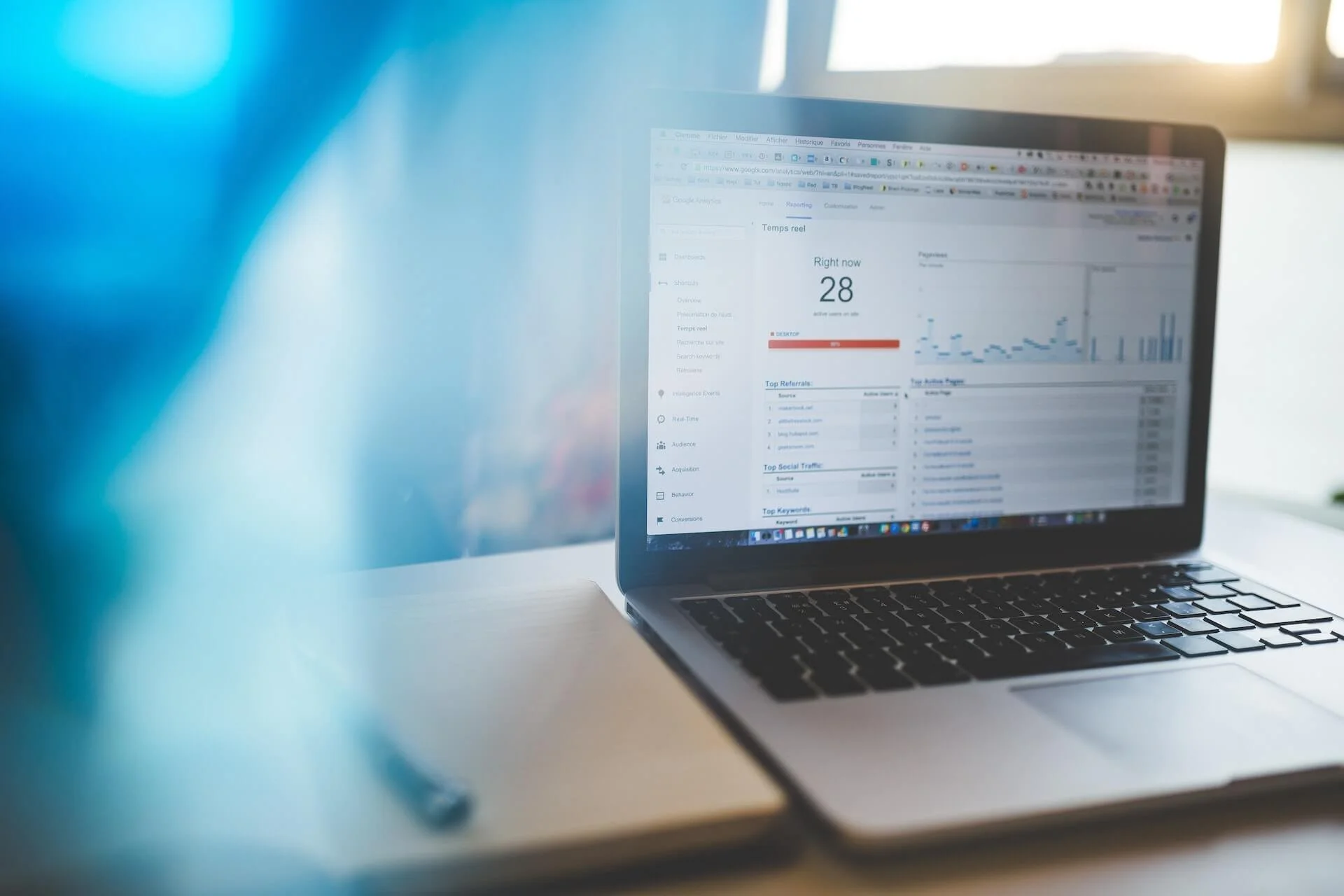With over 2.8 billion monthly active users, Facebook provides a massive platform for businesses to showcase their products and services to a vast audience. But is Facebook paid advertising worth the investment? Let's delve deeper to understand its potential.
Understanding the benefits of paid social media advertising
Paid social media advertising, including Facebook, offers several key benefits for businesses. Firstly, it provides businesses with unparalleled reach. With billions of active users, Facebook allows businesses to tap into a massive audience and significantly expand their brand's visibility. This increased reach can lead to higher brand recognition and exposure, ultimately driving more organic traffic to the business's website.
Secondly, Facebook paid advertising enables businesses to target their ads with precision. By utilizing Facebook's extensive user data, businesses can narrow down their target audience based on demographics, interests, and behaviors. This level of targeting ensures that businesses are reaching the right people, maximizing the chances of converting them into customers.
Lastly, Facebook paid ads offer measurable results. Unlike traditional advertising methods, where it is challenging to track the effectiveness of an ad campaign, Facebook provides businesses with detailed analytics and insights. These metrics allow businesses to monitor the performance of their ads, identify areas for improvement, and optimize their campaigns for better results.
What is the success rate of Facebook ads?
To truly understand the potential of Facebook paid advertising, let's take a look at some noteworthy statistics. According to a survey conducted by Hootsuite, Facebook ads have an average click-through rate (CTR) of 0.90%, which is significantly higher than the average CTR for display ads (0.46%). This indicates that Facebook ads are more effective at capturing users' attention and driving them to take action.
Furthermore, Facebook's ad targeting capabilities are unparalleled. Approximately 94% of marketers use Facebook for ad targeting, making it the most popular social media platform for this purpose. The ability to precisely target specific audience segments ensures that businesses can reach the right people with their ads, increasing the chances of conversion.
Moreover, Facebook ads are cost-effective. The average cost per click (CPC) for Facebook ads is $1.72, making it a more affordable option compared to other advertising channels. This affordability allows businesses with various budget sizes to leverage Facebook paid advertising and compete with larger players in their industry.
How to create effective Facebook paid advertising campaigns
Creating effective Facebook paid advertising campaigns requires careful planning and execution. Here are some essential steps to follow:
Define your campaign objectives: Before diving into creating ads, clearly define your goals. Whether it's increasing brand awareness, driving website traffic, or generating leads, having a well-defined objective will guide your campaign strategy.
Identify your target audience: Utilize Facebook's targeting capabilities to identify your ideal customer demographics, interests, and behaviors. The more specific you can be, the better you can tailor your ads to resonate with your target audience.
Craft compelling ad content: Create attention-grabbing and engaging ad content that speaks directly to your target audience. Use persuasive language, captivating visuals, and a clear call to action to encourage users to take the desired action.
Monitor and optimize: Regularly monitor the performance of your ads using Facebook's analytics and insights. Identify which ads are performing well and which ones need improvement. Make data-driven optimizations to maximize your campaign's effectiveness.
Facebook offers businesses a powerful and cost-effective way to reach target audiences, increase brand visibility, and drive conversions. Providing businesses with the tools they need to create successful ad campaigns. By following best practices and continuously optimizing campaigns, businesses can unlock the full potential of Facebook paid advertising.
So, is Facebook paid advertising worth the investment? Our answer is a resounding yes. Contact us today to get started and take your business to new heights with Facebook paid advertising.





